AA DHAND is making history as the first British Asian crime writer whose work is being adapted for a six-part BBC TV series.
His tales are set in the dark, mean streets of Bradford and his main protagonist is a Sikh police officer, Detective Chief Inspector Hardeep Virdee. He doesn’t care for his first name and prefers – insists, rather – on being called “Harry” Virdee.
The detective is going to be played by the actor Sacha Dhawan – he was named best actor in the film, TV and drama category in Eastern Eye’s Arts Culture & Theatre Awards (ACTA) in 2018 for his role in The Boy with the Top Knot. Filming is due to begin shortly in and around Bradford, with transmission of Virdee slated either for the end of 2024 or early 2025.
Virdee has married a Muslim woman, Saima, with neither of their families accepting their union. Their initially “taboo” affair is set out in Dhand’s first novel, Streets of Darkness: “Like Harry, Saima was trapped in a nightmarish world where she had crossed a religious divide by marrying someone outside of her faith. But whereas Harry had never been religious, Saima clung desperately to her Muslim identity. They had both been cast out by their families, an experience which was still raw. Harry was from an orthodox Sikh family, and Saima from a strict Muslim family.”
They had met in hospital where Saima was an A&E sister. “Harry had split his head open after a scuffle with an assailant. Saima had stitched the wound and eventually agreed to dinner. A few dates had turned into endless nights in bed, and finally an obsessive relationship had resulted in marriage which cost them their families. Sikhs and Muslims were not supposed to mix.”
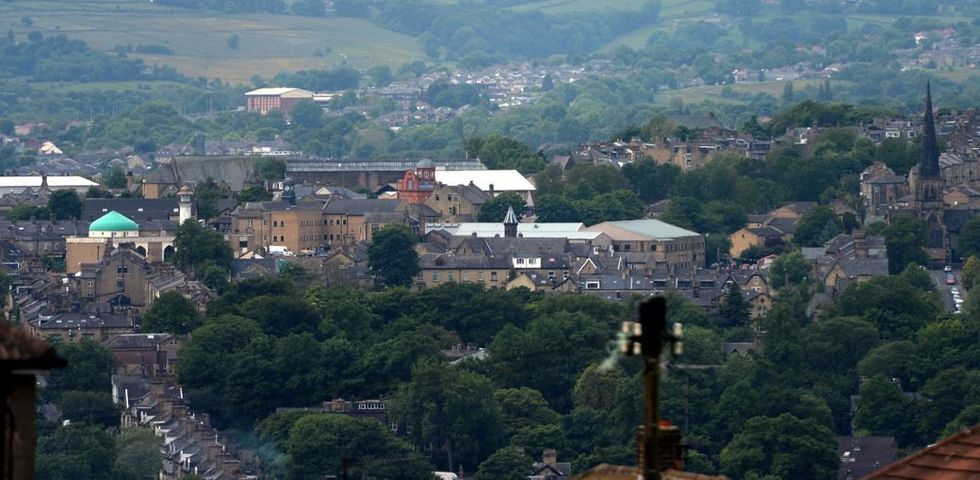
And now she was expecting their first child, who is the little boy Aaron in City of Sinners.
Virdee had made his first appearance in a prequel, Darkness Rising, but this was a short story aimed at those with literacy problems. Streets of Darkness came out in 2016 after years of rejection slips, and was followed by Girl Zero in 2017, City of Sinners in 2018 and One Way Out in 2019. Dhand had written a standalone book, The Blood Divide (not featuring Virdee), before any of the others, but this was not published until 2021, when he had acquired a certain amount of fame.
An attempt to adapt Streets of Darkness did not work out and it is actually the third novel, City of Sinners, which is being turned into a television series. City of Sinners was nominated for a prize in the literature category in Eastern Eye’s ACTA in 2019.
In television, the author invariably has to hand over the book to a scriptwriter, but not in this case. Dhand has done the script himself – for all six episodes – to make sure no one messes with his novel or gets the cultural references wrong. He is also a coproducer on the project.
City of Sinners has a characteristically grim opening: “DCI Harry Virdee stared up the body. Suspended high in the air by a noose around her neck, she hung from the rafters of Bradford’s most beautiful bookshop. She was naked except for a red headscarf wrapped around her face, the decorative detail glistening in the early morning gloom. The quiet was marred only by the stifled cries of the manager, who had already identified one of her members of staff, Usma Khan.”
The victim, aged 20, had been a shop assistant in what was now a branch of Waterstones. “It was an impressive building. It had once been the Wool Exchange, back when Bradford had been one of the richest cities in Europe. Those times were long gone.” Bradford now had a large Asian population, which was mostly law-abiding, but it is also home to a number of hardened criminals. Virdee has knack of solving cases and his bosses know better than to inquire too deeply into exactly how he gets his results.
His boss in Streets of Darkness, Supt George Simpson, who is about to retire, tells Virdee he had “always taken a back seat when it came to exploring where or how you got your information. You seem to have every convict in Bradford in your pocket and I don’t know how you’ve managed it. Truth be told, I never much cared because as long as the cases were brought to a satisfactory conclusion, my job was done.”

In City of Sinners, the autopsy on Usma, performed by the pathologist Dr Wendy Smith with Virdee watching, is anything but routine. This is not giving away too many secrets – in any case, the TV adaptation may not always follow the novel – but Usma’s eyes are twitching even though her eyelids have been stitched shut by her killer.
As the pathologist cuts the stitches, she screams and jumps off her stool – “something flew out of the girl’s eye”.
Cut to a forest in Bradford where Eastern Eye gets alongside Dhand as he takes his customary morning walk. For years he ran a pharmacy, but he sold the business in March this year and is now trying to adjust to the life of a full-time writer.
“I’m a chaotic writer,” he admits. “I write at night time when the kids are asleep. I like to walk and drive around Bradford at night time and find inspiration in how it looks, how it smells.”
All the covers of his novels are dark and moody. Indeed, for his novels to work, Virdee has to tread the mean streets of Bradford. Dhand regrets he went along with his editor who inserted the word “cesspit” to describe Bradford, which is where he grew up. He tried moving to London for 18 months, but was soon back in Bradford.
“I am a 100 per cent, very proud Yorkshire lad, always been a Yorkshire lad,” he asserts. “We grew up in a white, working class estate. I love Yorkshire. Now I’m in the middle of a forest in Yorkshire – (with) its hills, its greenery, the trees. It’s quiet. It’s beautiful. Couldn’t do this in London.”
“I grew up in a corner shop where my parents got up at 6 in the morning,” he says.
His mother, who died of Covid during the pandemic, was from Punjab. He took five days off from the preparations for the filming to take his mother’s ashes to India. His father came to the UK from Delhi.
His mother’s death has been “absolutely devastating. She was only 66. “I needed to do this, put her at rest. It was difficult to go to India when Covid was happening. I don’t think it was really that well known just how hard Covid hit the south Asian community. I find it impossible to talk to anybody who doesn’t have a Covid story of loss.”

His main character, Virdee, “is earthed in the streets of Bradford. He is comfortable in the darkness. In a room with lots of corporate people in ties and suits, you’ll find a very, very uncomfortable Harry Virdee. Put him on the streets – and you’ll find a very comfortable Harry Virdee. That’s his world, his playground, his office.”
Dhand had to strike a balance between setting his crime stories in a city with a large Asian population, but not pigeon hole Virdee into an ethnic slot.
While two other successful crime ministers – Abir Mukherjee and Vaseem Khan – have set their stories in India, Dhand feels he is doing something which had not been tried before by locating his tales in contemporary Britain. And here he says he wanted to get away from “the Goodness Gracious Me world or Citizen Khan”. It would be easier for “Harry” Virdee to connect with everybody, while there was a risk that “Hardeep” Virdee would be linked only to the Sikh community.
He chooses to call himself A A Dhand on his books rather than Amit Dhand – his middle name he prefers to keep to himself. “The reason I call myself AA Dhand and not Amit is because I don’t want people to assume I am writing about arranged marriages or community cohesion. If I walked into a bookshop in 2016 when there were zero Asian crime writers, the immediate default is going to be ‘arranged marriage, terrorism, racism, community’. It’s my own unconscious bias, but unconscious bias is a strong thing. Let’s go with AA Dhand.”
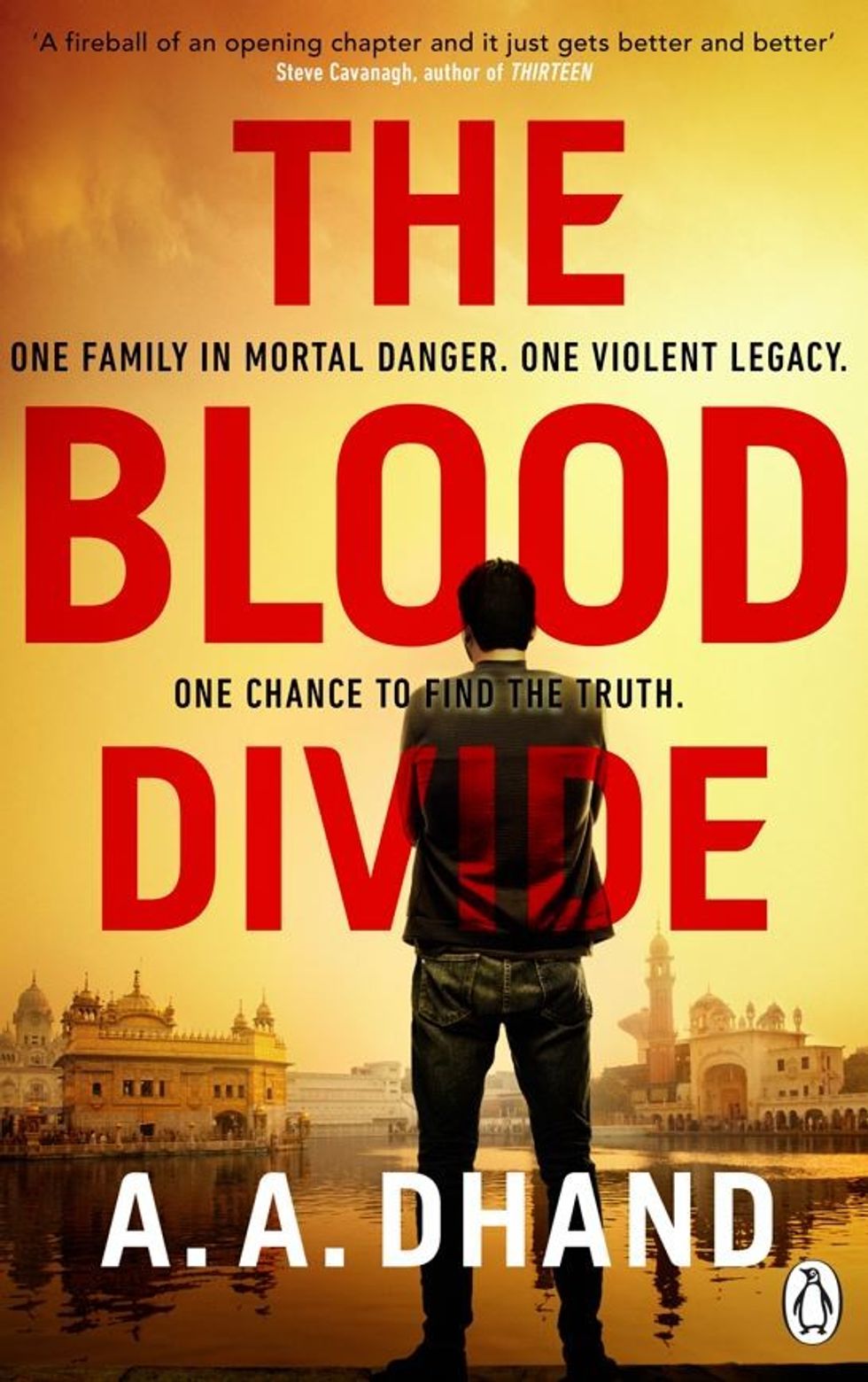
He remembers that at school, Chinese pupils were given English names such as John, Tommy and Steven. “I never realised until I was much older that they had authentic Chinese names.”
The TV adaptation will not depict Bradford as unrelentingly dark and sinister and, to be sure, Yorkshire, England’s largest county, has large areas of stunning scenic beauty. To get away from the “cesspit” depiction, Dhand is making amends: “I am ensuring that we have a balance of palette.”
He is working closely with the executive producer, Paul Trijbits, whose production company, Magical Society, is making the series for the BBC.
When Dhand’s first novel was published, Trijbits “was on a train the following day. At three o’clock he arrived in Bradford and said, ‘I’m not leaving until I speak to you.’ I liked his passion.”
Dhand is today recognised as a successful crime writer, but he had to go through years of failure and disappointment. When he first indicated he wanted to write crime fiction, “all I heard was, ‘No, it’s not possible. You know Asian authors write literary works of fiction. They win Booker Prizes. They write about India. Why don’t you write about India?’ I said I don’t want to do that. I want to write commercial crime fiction, dark and edgy. I started writing in 2006. And I got published in 2016. I wrote 1.1 million unsuccessful words. I did it for 10 years without earning a single penny. I got 66 rejections. It’s a very, very, very, very difficult industry to crack. You have to believe in yourself.”
He had to change his agent to someone who was more supportive. And he was determined not to drown in bitterness. “My favourite thing I’ve written on my wall is, ‘Fail forward’. Sometimes I might write a chapter which is awful. I’ll just fail forward with that. Ok, that didn’t work.”
If the BBC feels Virdee has worked, it will probably be encouraged to adapt Dhand’s other novels, the ones written and those yet to come.
No other scriptwriter was available with the cultural background to do the job which is one reason Dhand felt he had to do it himself.
“I prefer script writing – I have always been a script writer who became a novelist,” he says. “I am a visual writer.”
He acknowledges that “it is very, very, very unusual for an author to adapt their own work. “This is so specific – this world, Bradford – that we struggled to find somebody who could adapt the books. In this world that we inhabit, there are not a lot of South Asian screenwriters. “Even with Abir and Vaseem, I don’t think you could get 10 Asian crime writers in a room. If we tried, we might get six or seven. So I think I wanted to be the screenwriter, executive produce and show run. I didn’t want to hand it over to somebody who would give Virdee an (Indian) accent or have some sort of cliche. I wanted to be involved heavily.”
He adds: “Paul was very on board with this as well because I said if we get this wrong, someone’s going to come in who doesn’t know Bradford, doesn’t know the world I have created.”
There is an additional dimension to the project. Some 40 or 50 “South Asian and white, working class kids” who could never have dreamt of pitching for television are being recruited to work on Virdee via the Screen Academy Bradford and will be paid as well.
Dhand sets out his mission: “Not only are we making the show, but we want to leave a footprint for the future.”
According to the BBC, “Virdee will be an essential part of the activities leading up to the 2025 Bradford City of Culture”.
BBC Drama director Lindsay Salt said: “I’m passionate about supporting writers at every stage in their careers and we are thrilled to be working with Amit on his very first drama for television along with the team at Magical Society. Virdee is a powerful and gripping detective story, but at its heart are two people in love and their struggle to be accepted as a couple. With Sacha in the lead role of Harry and Bradford providing the perfect backdrop, I can’t wait for viewers to be captivated by this series.”
Executive producer Trijbits added: “Working with Amit to get the Harry Virdee books to the screen has been a long, but utterly satisfying journey. It’s no mean feat for Amit to have succeeded in adapting this love story set in such a rich and complex world and wrapping it all up in a crime series.”
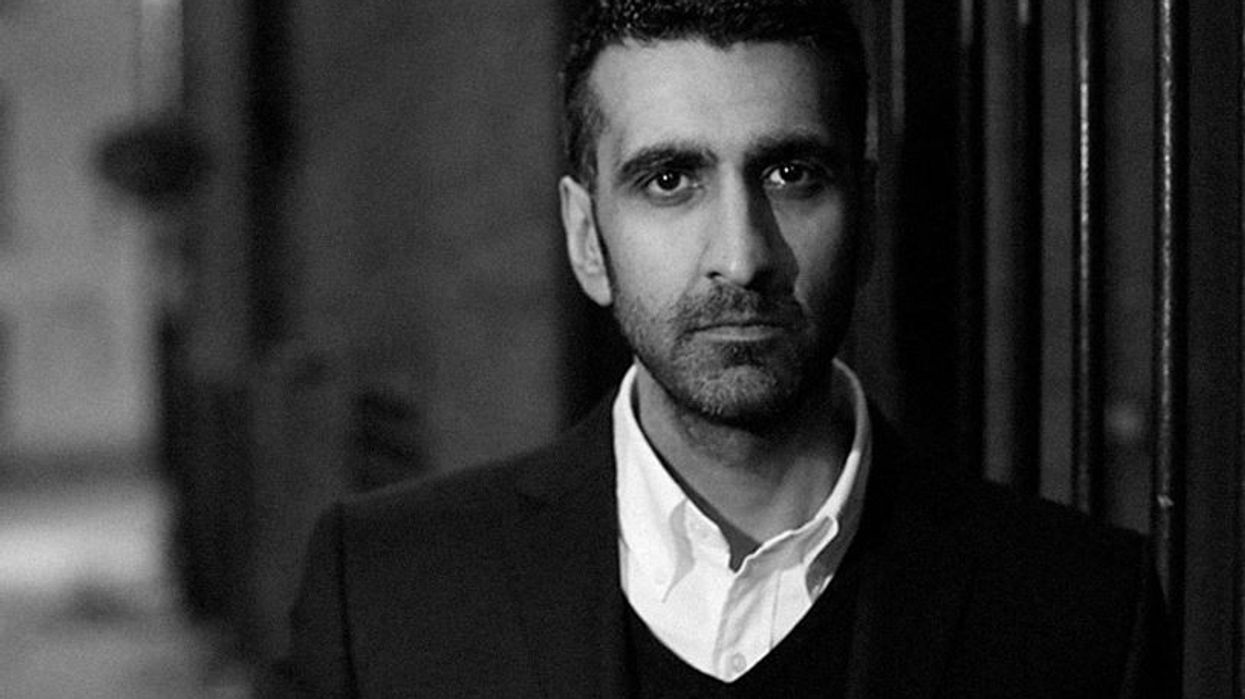
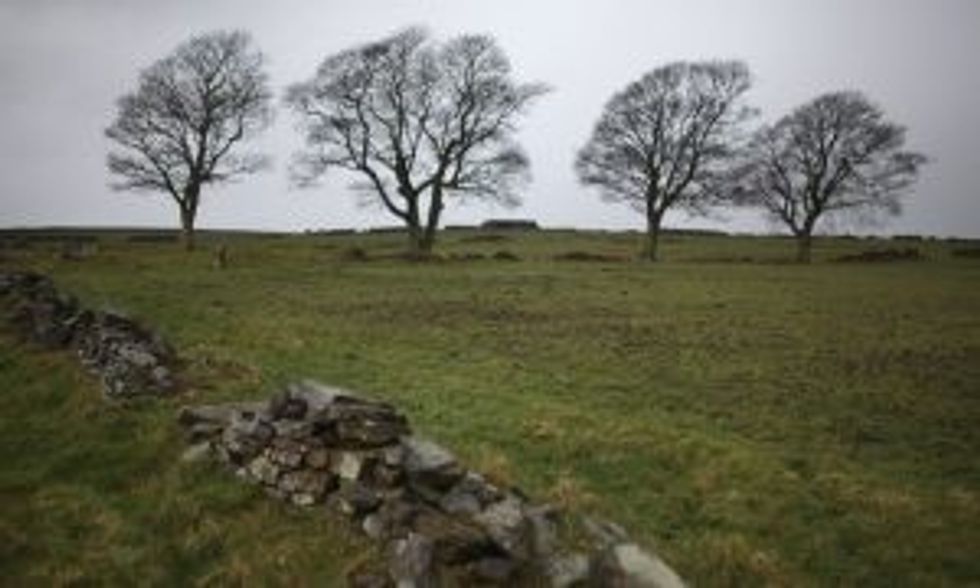
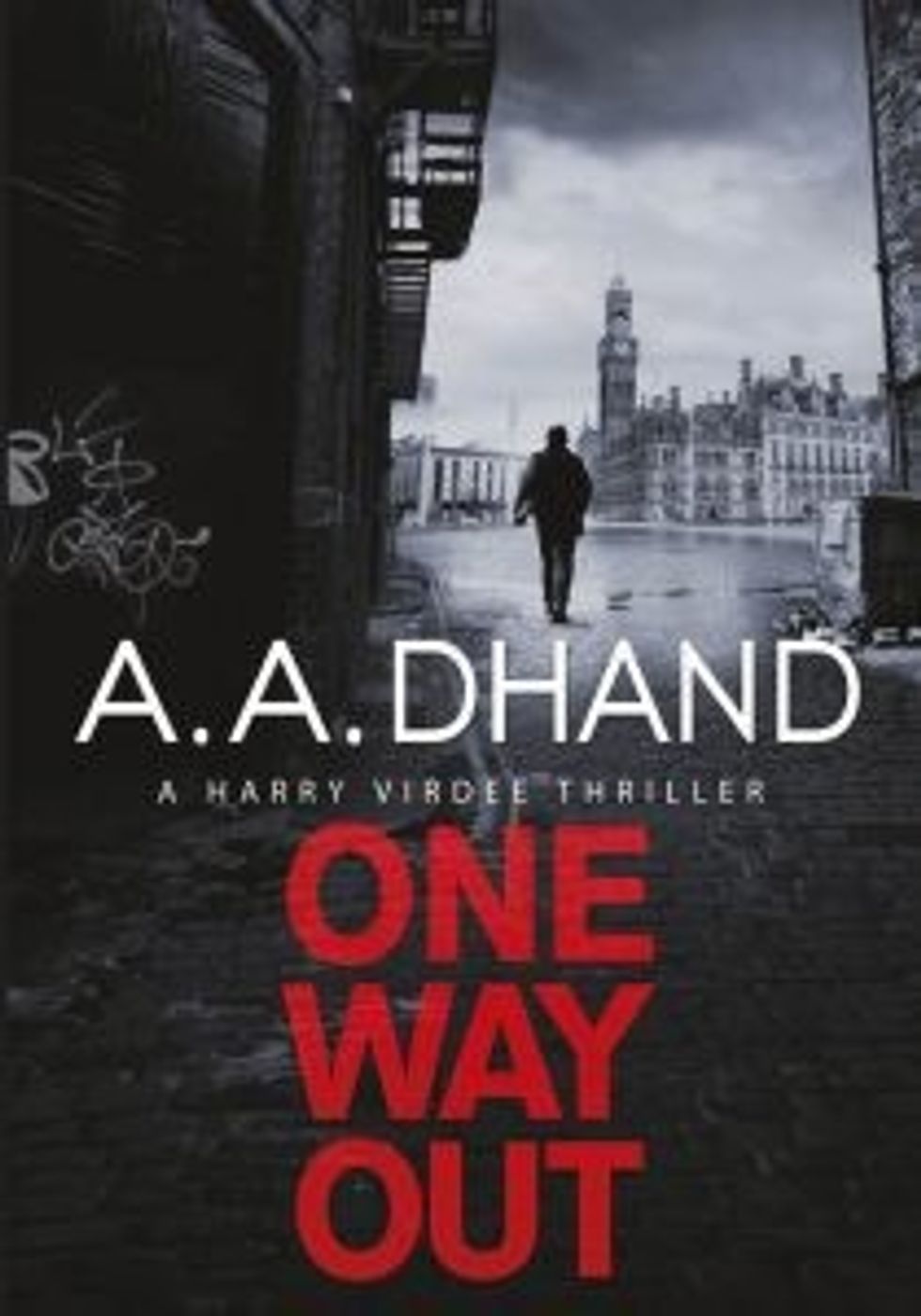
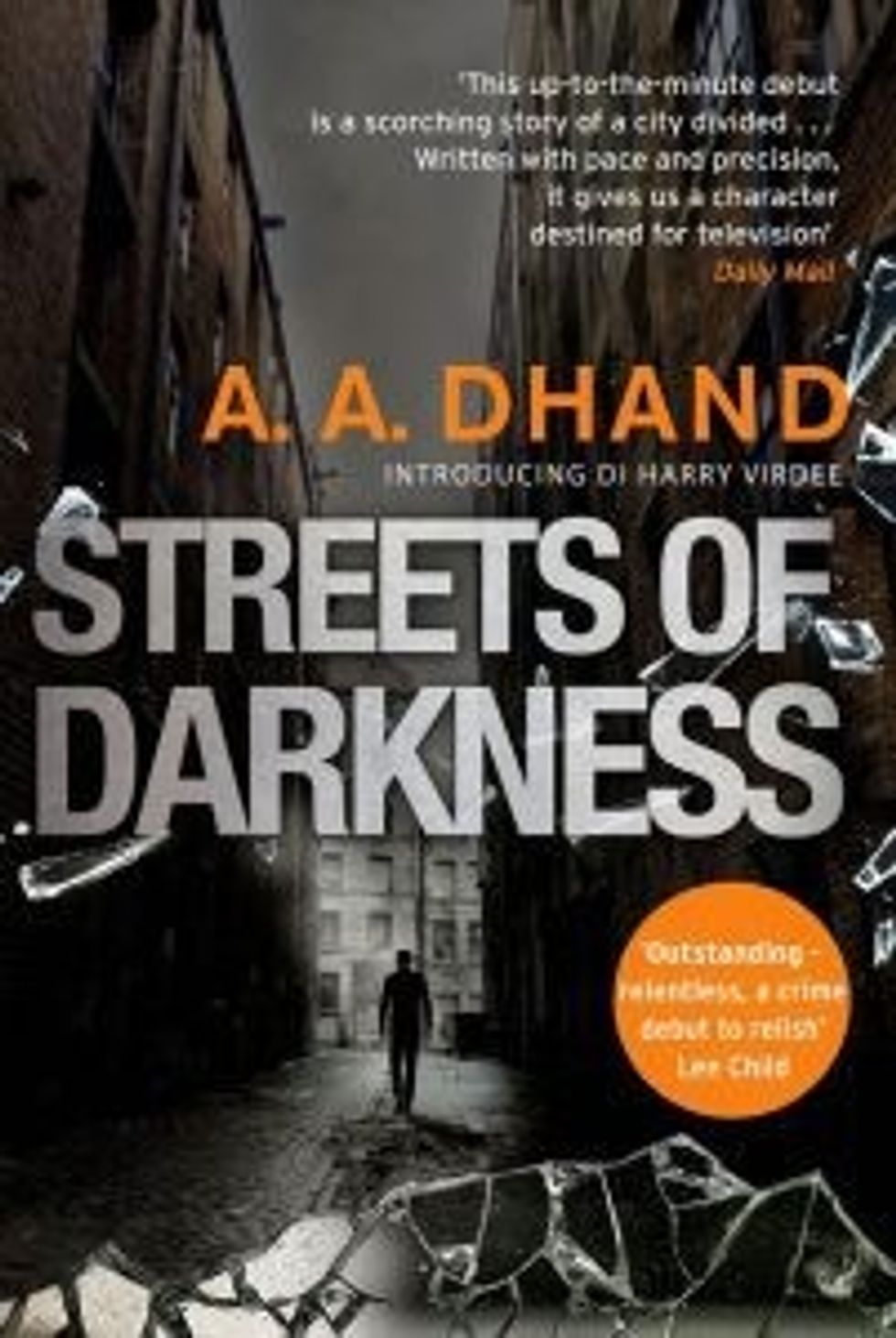
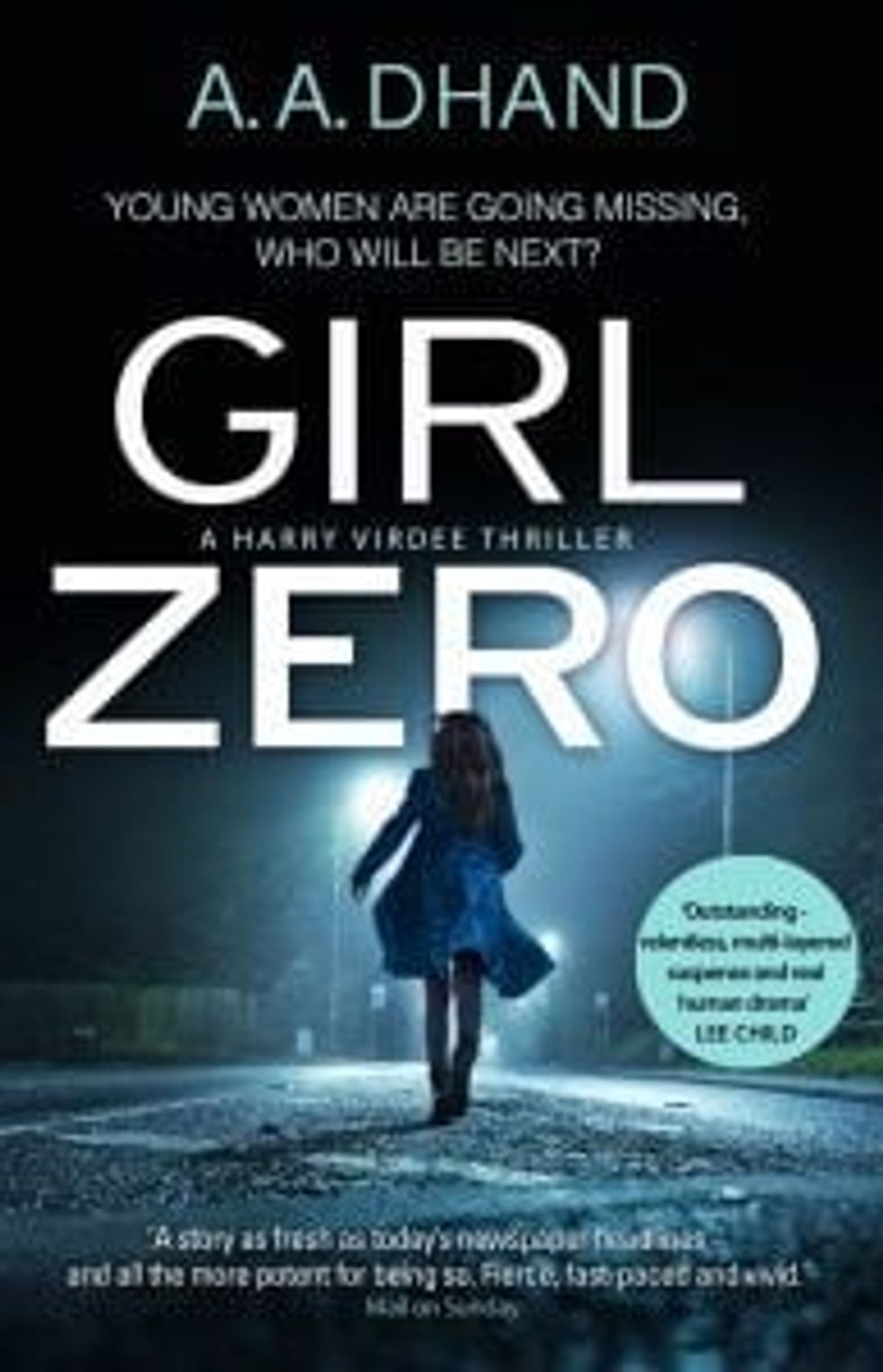





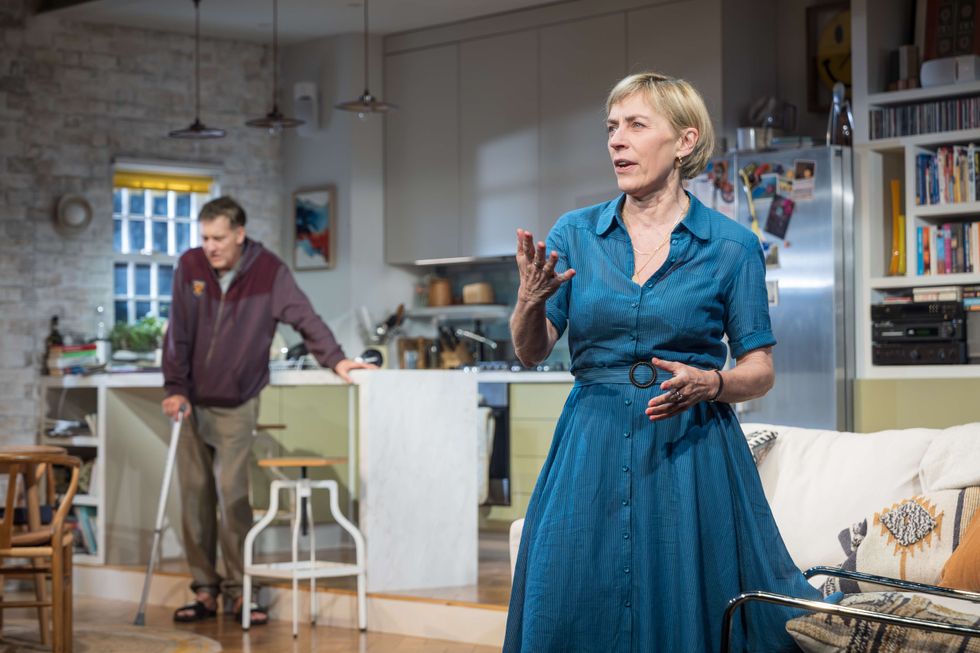 A scene from the playMarc Brenner
A scene from the playMarc Brenner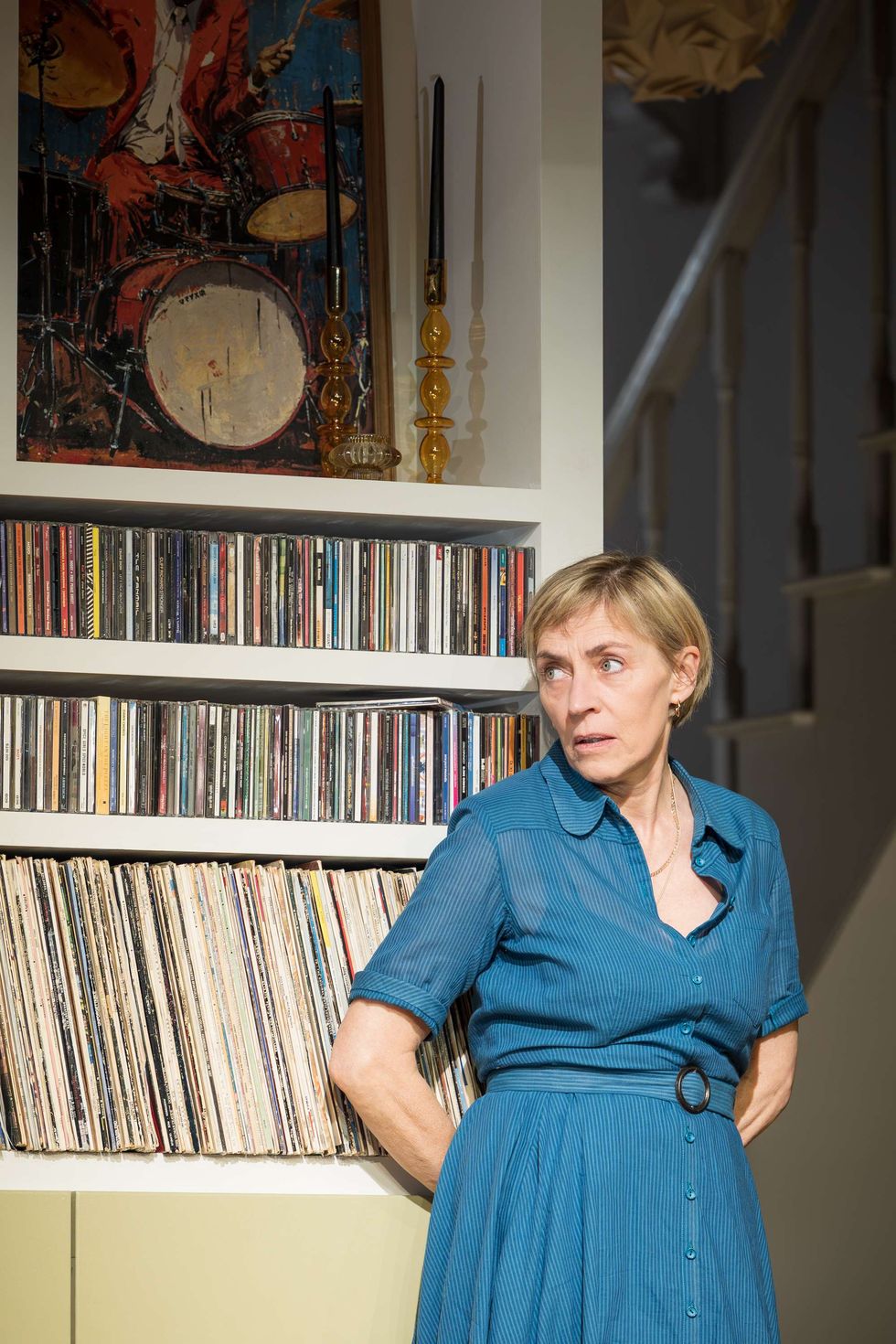 Saskia ReevesMarc Brenner
Saskia ReevesMarc Brenner Clive Owen Marc Brenner
Clive Owen Marc Brenner






